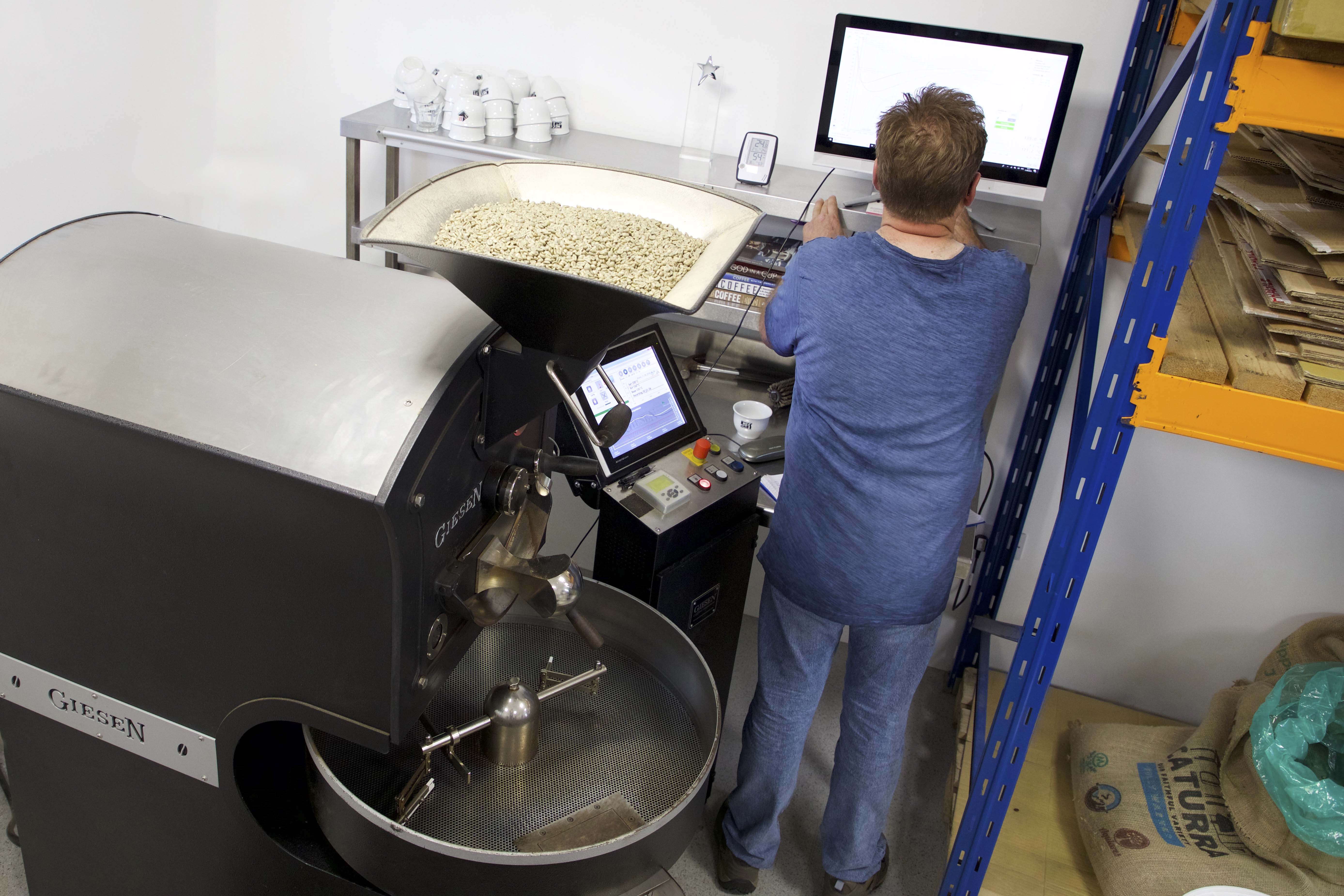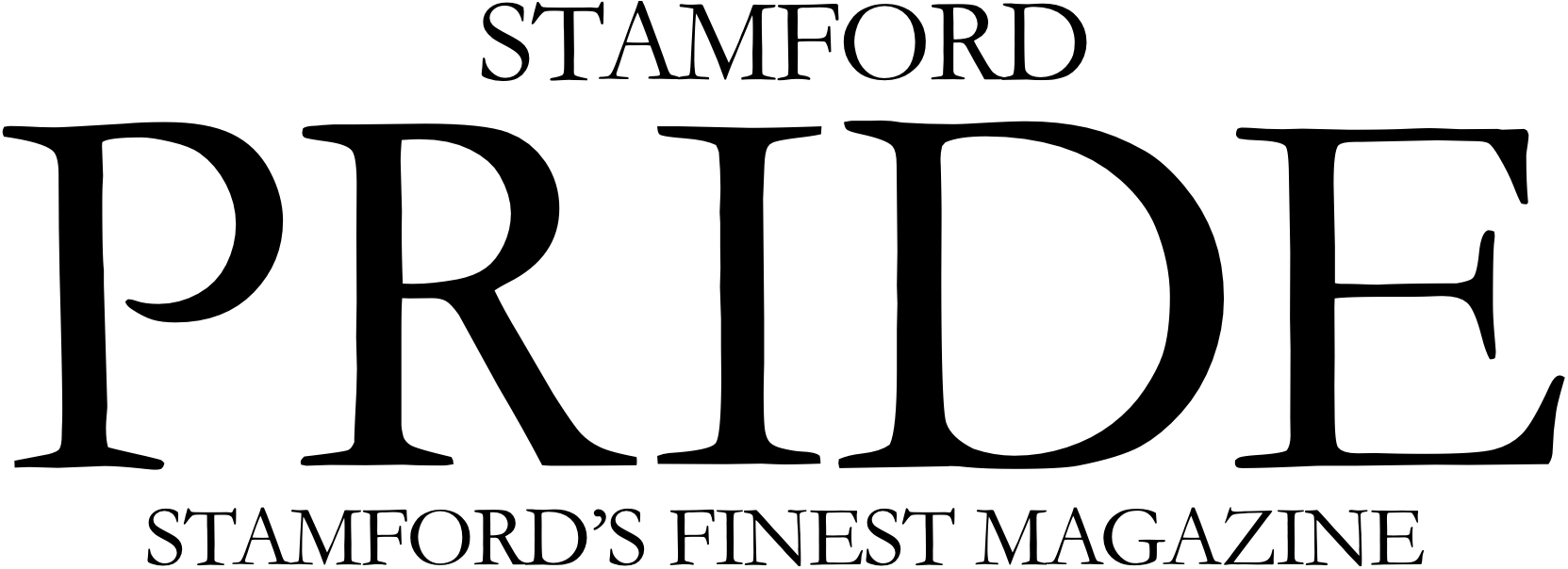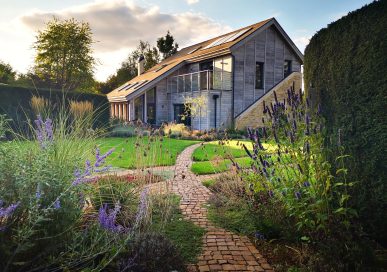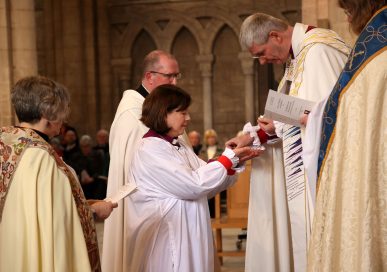Given a Good Roasting

He’s a genius. A coffee connoisseur with laser-guided tastebuds and the most exacting standards. Ask him to serve you anything less than a cup of perfection and artisan coffee expert Bruce Garside of Silver Oak Coffee is certain to give you a good roasting. This month we discover the secret behind the finest beans for your morning brew…
How do you take your coffee? A splash of milk, no sugar? Fine. And Bruce, how does he take his? Served in 11 cups, each with 200ml of water heated to 93°c, poured onto 13.5g of nine different types of single origin or single estate coffee. He then leaves it for four minutes, stirs four times, leaves four minutes and then scrapes away the crust (the stuff on top) with a cupping spoon and finally leaves for another four minutes before testing. It should be stirred four times. Not three; not five. Just four. Oh, and non-pressurised brewing, please.
And don’t even get him started on how coarse the beans should be ground. That’s a whole other subject. Anyone would think he’s fussy. But to be fair, Bruce and Susanne Garside of artisan roastery Silver Oak Coffee near Stamford have put rather more thought into coffee than most people who take their morning pick-me-up somewhat more for granted. Having turned a pleasure into an obsession, then an obsession into a business, each year Bruce roasts seven tonnes of coffee beans – that’s enough to create over a quarter of a million cups of coffee.
Each roast is tasted exactly as above, with every possible variable eliminated and withnothing short of scientific precision, to ensure he’s able to reflect solely on the results of changes to the roasting process itself. Worldwide our coffee consumption stands at something like 2,000,000,000 cups daily; and 95,000,000 cups each day in the UK. What’s more, 80% of people in the UK pay at least one visit a week to one of those fancy coffee shops placing increasingly convoluted orders for aerated macchiato skinny foam with syrup, sprinkles and fairy dust. For coffee purists like Bruce though, foam is just, um, fluff… and syrup is gooey filth. Rather, the devil is in the detail; get the roast right and you don’t need syrup, sugar or milk; the purpose of all the above being to disguise mediocre coffee.
Seems like a simple job, doesn’t it? Take ‘green’ beans fresh from the company’s wholesalers – Mercanta of London – roast them and supply coffee to the public for us to grind up and use in their own coffee machines, cafétieres and so on. But it’s not as simple as that.
“There’s no such thing as the perfect taste profile of a roast for a start,” says Bruce. “Taste is subjective. Some confuse acidity with bitterness, but the degree of acidity for example is determined by a disproportionate presence of chlorogenic acids – the ester of caffeine acid and quinic acid, functioning as an intermediate in lignin biosynthesis. You’re looking to achieve a balance and consistency in a roast, bringing consistency to a natural (and therefore inconsistent) product, and ensuring a product that can be used to create a consistent-tasting brew.”
Bruce and Susanne use a sort of gas tumble drier to roast coffee. The goal of a good roaster is to ensure the temperature of the beans is monitored, and the speed, temperature and type of heat used during the roasting process is monitored and controlled.
Temperature is one of the variables in coffee roasting, created in this roastery by the use of a gas Giesen roaster; as conducted heat from the drum and convected heat from the hot air in the rotating drum; and in the rate that the beans are allowed to cool after the heat has been applied (ie: residual heat). Other factors include the time the beans spend in the drum – which in the roast during our visit was about 11 minutes – with First crack happening at about nine minutes and a two-minute development time.
First crack is the point at which sufficient moisture has been evaporated from the bean – achieved with a temperature of about 196°c – at which point the beans undergo an exothermic reaction and emit an audible crack. whilst their structure changes becoming brittle. At this stage the beans are very lightly roasted. Later in the roasting stage medium and darker roasts are achieved, and different flavours are allowed to come through, before the roasting process is slowed or stopped upon reaching the desired characteristics. The speed at which the roaster’s drum rotates – which stands at 46 revolutions per minute – also affects the roast.
Suffice to say there’s a huge effort invested in ensuring a consistent roast, but that’s after Bruce has experimented and determined the correct specifications in the first place. During our visit Bruce was experimenting with a new decaffeinated roast, the result of myriad permutations and settings on the roaster’s computerised controls to change when and how temperature is applied to the bean.
During the course of his experimentation, Bruce also has to determine how the roasting -process will affect the bean’s likely grind and brew characteristics. Oh, and you can’t use freshly roasted coffee for espresso… only coffee that has been allowed to rest for a week or so, making experimentation a lengthy process.
The process of grinding beans is really important and difficult to control. Even grinding in the morning, when the burrs are cooler, or in the afternoon – after they’ve been grinding all day and are warmer – adjusts the characteristics of the grind.
A finer grind also makes the interstitial spaces smaller, to slow the passage of water through the coffee and increase the time the compounds have to work, meaning extraction is increased from the coffee. There is however a balancing act between grind size, temperature, time, coffee to water ratios, agitation (stirring) and in some cases pressure.
The grind is crucial, since grinding determines the surface area of the coffee over which water can pass, the speed at which the water passes over the coffee and consequently how much flavour is imparted into a particular volume of water, in turn has an implication for both flavour, and consistency.
Bruce’s record when experimenting with different grind characteristics is the ingestion of no fewer than 23 espressos in a single day. After that, he says, the palate tends to be ruined – and of course, with all that caffeine he’s also shaking like Theresa May in a General Election. The case for Bruce’s talent and insight should hopefully be obvious by now… but what does it mean for the end user, with their coffee machine at home? Well, to achieve the perfect brew, Bruce and Susanne recommend a separate grinder to your coffee machine, preferably one that affords a greater degree of control.
The ideal temperature for the water is 90-93°c, so a special coffee kettle like a Buena Vita (£100) that allows you to set that temperature and has a gooseneck is preferable to a normal kettle. And people, people, please… filter your water. Bean to cup machines are passable; but better is the use of a Sowden Softbrew (£39) or Aeropress (£25) or even a humble paper filter (V60, £6) will facilitate a more finely filtered brew with fewer of the fines coming through.
Typically, 6g of coffee to 100ml of water is the correct ratio for non-pressurised brewing, but by now you’ll appreciate the number of variables render this a rough figure only. Generally, a darker roast needs to brew for four minutes, whilst a lighter roast should brew for six minutes.
Quality coffee shouldn’t need milk or sugar – asking Bruce for a lump or two is tantamount to asking a Michelin-starred chef for some tomato sauce – and as for the idea of whether freeze-fried soluble coffee should ever be entertained – even the posh brands – Bruce damn nearly clobbered me over the head with a coffee pot. No. Never. No. So if the nice-looking lady or gentlemen pops in from next door offering something ‘gold and blended’ with a sexy wink, tell them you don’t mess about either with your neighbours or with inferior coffee.
In espresso brewing ideally about 45ml of hot water should run over 18-19g of ground coffee for 27-30 seconds. In coffee shops, or in adverts for coffee machines, you’ll see the pump pressure of coffee machines advertised in bar – the same measurement as pressure washers. Nine to 15 bars is about typical on home machines, Bruce has found 8.8 preferable for his current offering. You’ll see your coffee shop barista using a tamper to press down the coffee… again, that’s to ensure an even flow of water through a uniform bed of coffee and control the time of the flow. It’s only possible to generalise about the characteristics of coffees from different parts of the world.
Suffice to say there’s greater diversity in coffee than in wine. Coffee is grown between the tropics of Cancer and Capricorn, in the equatorial belt and at heights of between 1,000 and 2,000m. Very crudely, Ethiopian and Kenyan coffees are higher grown, fruitier, more complex and expensive with blackcurrant, citric and floral notes and high acidity and sweetness. Lower altitude grown coffees like Costa Rican and Mexican coffees tend to taste less acidic and have notes of cooked sugars and stone fruits instead.
Bruce and Susanne produce about nine roasts simultaneously and change their offerings throughout the year to reflect the availability of different beans season by season. 90% of the coffee the couple produce is sold directly to the consumer at food festivals and local markets.
It’s sold by mail order via the couple’s website, www.silveroakcoffee.co.uk and from their rig; a mobile coffee shop with an upper deck for discerning coffee fans to sit on. After you’ve enjoyed a freshly brewed cup on the rig, you can take home 250g of their single origin coffee for between £5.50 and £7.95.
Some of the couple’s award-winning Christmas coffees cost up to £15/250g, but Bruce has even refused to sell some of that to a customer whose equipment wasn’t up to muster as she wouldn’t get the best out of it… both Bruce and Susanne are determined to ensure that their customers get the very best experience possible out of the product!
When it comes to quality coffee, if you think you’ve ‘bean’ there and done that, think again. Bruce’s humour, his genius and his attention to detail is unquestionable.
If you’re looking to take the chill off winter with the ultimate cup of coffee, we’ll direct you towards the roastery’s flagship Black Bag Aquiares Estate, a universally popular single Estate artisan coffee that will change your life.
“Our customers return to us and say ‘thanks(!) you’ve ruined Waitrose coffee for us. Now we’ve tasted proper coffee nothing else will ever come close,’ which we take as a real compliment. Introducing new people to really enjoyable coffee – a real great product – is our ultimate mission, and it’s a real pleasure!”
Bruce and Susanne run Silver Oak Coffee, an artisan micro-roastery based in our region. For mail order enquiries of their coffee, call 07737 044259 or see www.silveroakcoffee.co.uk.








